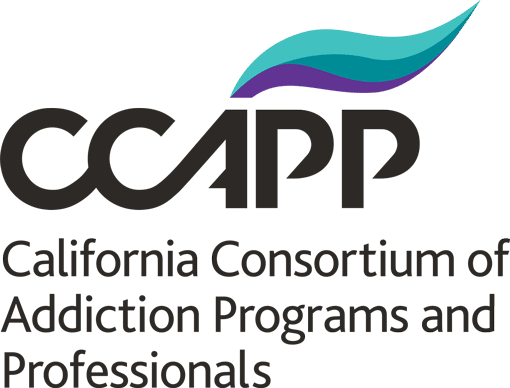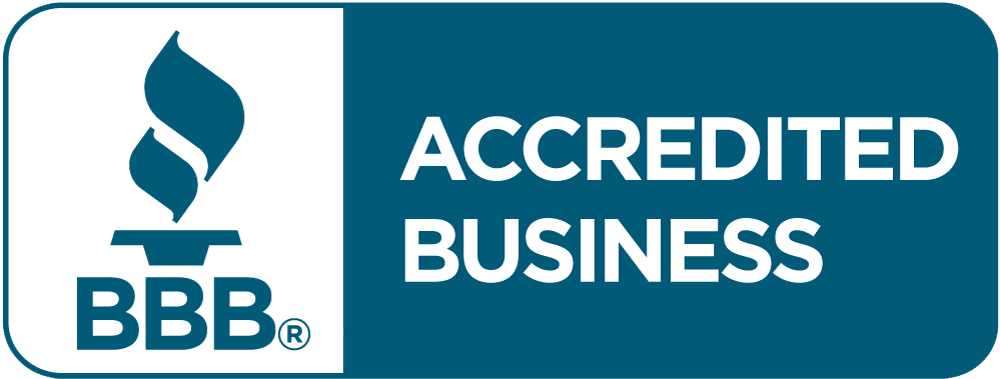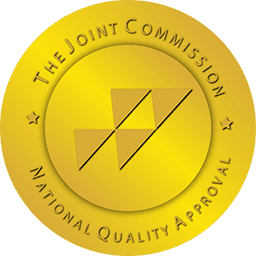Cocaine is a potent and highly addictive stimulant drug that can hook people after just one use. During the hedonistic and party era of the 1970s, cocaine was the drug of choice for many people. While drugs like opioids and heroin are currently making front-page news, cocaine abuse and addiction is still prevalent in the United States. According to data provided by the National Institute on Drug Abuse:
If you or a loved one are struggling with an addiction to cocaine, this article will give you a better understanding of cocaine as a drug. You will learn more about the signs and symptoms of cocaine abuse, withdrawal symptoms, and, most importantly, where to find treatment for cocaine in Southern California.
Cocaine is derived from the leaves of the coca plant, which is native to Latin America and especially the countries of Bolivia, Peru, and Colombia. For centuries, the indigenous people of Latin America would chew the leaves of the plant for their stimulant effects. From the leaves, the purified chemical cocaine hydrochloride is extracted and sent to remote labs, where the raw product undergoes a series of processes to become the product available for sale on the street and the black market.
There are two common forms of cocaine known to most people:
Cocaine is a Schedule II drug under the Controlled Substances Act. This means that the drug has a high potential for abuse and addiction. Interestingly, cocaine has been used for medical purposes. Liquid cocaine hydrochloride has been used as a topical anesthetic for the upper respiratory tract and is also used to help reduce bleeding in the gums and mucous membranes. However, cocaine is rarely used in this capacity since other more effective products have been developed for medical uses.
The signs of cocaine addiction can vary from person to person and are dependent on numerous factors. These factors can include the amount of the drug taken, frequency of usage, length of time abused, and underlying health conditions. However, there are common symptoms of cocaine addiction that users display. The physical signs of cocaine abuse can include the following:
There are also psychological signs of cocaine abuse readily seen in users. These include the following:
Additionally, there are behavioral signs of cocaine abuse, and these include the following:
If you or a loved one continues to abuse cocaine and not get cocaine addiction treatment, the long-term signs of cocaine use will be severe and even life-threatening. These long-term symptoms of cocaine abuse include the following:
If you have an addiction to cocaine and are ready to quit, you must undergo medical detoxification. You may be tempted to try and “get clean” on your own through self-detoxification and other methods. While you may experience a short period of sobriety, you may be putting your health—and life—at risk.
Cocaine produces intense withdrawal symptoms, which can be highly uncomfortable and painful. These symptoms can be so unbearable that you return to cocaine use to alleviate the symptoms—and you resume the vicious cycle of cocaine abuse and addiction.
There are several factors that can make self-detox perilous to your health. Including the amount and frequency taken, abusing other substances in addition to cocaine will put you at more significant risk of severe health complications and overdose. If you are experiencing a co-occurring mental health disorder, going “cold turkey” will only worsen those issues. Understanding the withdrawal symptoms and receiving the appropriate interventions when you get treatment for cocaine in Southern California.
As stated in the previous section, the withdrawal symptoms associated with cocaine abuse can be very intense. Chronic use of the drug changes brain chemistry and functioning. When you abruptly quit cocaine or significantly decrease your intake, your brain and body struggle to adjust. The withdrawal symptoms associated with cocaine are most psychological but very pronounced. These include:
The general timeline of cocaine withdrawal can be seen in three phases. The first stage is the “crash” phase, where users feel fatigued, fearful, and depressed. This phase can last up to three days and is the stage where people relapse since the brain is starved for the jolt of dopamine that is provided by cocaine.
The second stage is where people will experience the majority of their withdrawal symptoms. In addition to the symptoms of cocaine abuse listed above, users will experience the following symptoms:
The third phase is known as the “extinction” phase. In this phase, those in recovery will still feel the urges and cravings to use, but the frequency is diminished when compared to the other phases. Cravings are usually triggered when the recovering user responds to an event in their environment, such as seeing their regular dealer, walking past a park or house where they did cocaine, or experiencing similar smells that remind them of cocaine use. This phase can last for a few weeks to a few months or even longer.
Struggling with cocaine addiction devastates the user, their family, their friends, and the community at large. If you have an addiction to cocaine, getting professional help from a reputable treatment facility will give you the tools and support you need to succeed.
Northbound’s LINKS Christian Drug Rehab is a pre-eminent drug Christian rehab in Southern California that offers faith-based cocaine treatment programs personalized to meet your needs.
Don’t wait another day; change your life for the better with help from Northbound’s LINKS Christian Drug Rehab’s California faith-based treatment.
Entering treatment is one of the most important investments you will make in life. Our Christian drug rehab understands your need for a smooth transition into addiction treatment—after all, it has already been a challenging road. Therefore, we want to mitigate the difficulty of determining how to finance drug abuse rehab. Because we believe the cost of addiction treatment shouldn’t be prohibitive, we have contracts with several PPO insurance providers to help pay for treatment. Here is a list of insurance providers we work with:





Are you ready to get help for you or a loved one? Request more information or get in contact with us using this form. One of our trained professionals will get in contact with you soon to get you started on your road to recovery. If you are ready to take the next step and learn more about how a Christian rehab center can aid in your recovery, feel free to reach out to us at any time. We are here to support you on your journey through drug or alcohol addiction and look forward to walking by your side with faith-based compassion.
3822 Campus Drive
Suite 100
Newport Beach,
Orange County, CA
92600